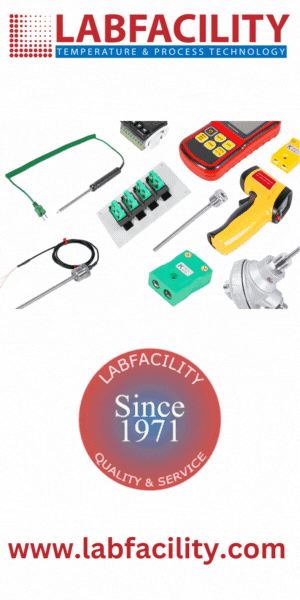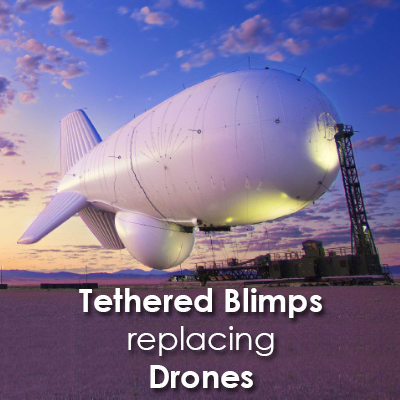Military Robotics and Autonomous Systems: The Future of Warfare

Introduction:
The ever-changing landscape of warfare has always been shaped by technological progress and strategic ingenuity. In recent times, a notable transformation in the realm of military technology has emerged with the ascent of robotics and autonomous systems. These innovations are revolutionizing the operational methods of contemporary armed forces, presenting a host of benefits in terms of effectiveness, security, and flexibility. In this article, we will delve into the intriguing realm of military robotics and autonomous systems, examining their present uses and their capacity to influence the future of warfare.
The Evolution of Warfare
Before we delve into the details of military robotics and autonomous systems, it's crucial to grasp the broader context in which these technologies have arisen. The evolution of warfare has been a long and transformative journey, far removed from the days of hand-to-hand combat and cavalry charges. The Industrial Revolution, with its introduction of firearms, artillery, and mechanized infantry, brought about significant changes in the way wars were fought. However, in the 21st century, the convergence of advanced technologies has ushered in a new era of warfare.
Modern conflicts are characterized by their complexity, asymmetry, and the need for precision. In response to these challenges, militaries around the world have turned to robotics and autonomous systems to enhance their capabilities.
A) The Role of Military Robotics and Autonomous Systems
Military robotics and autonomous systems encompass a wide range of technologies, including unmanned aerial vehicles (UAVs), unmanned ground vehicles (UGVs), autonomous submarines, and even humanoid robots. These systems are designed to carry out various tasks, from reconnaissance and surveillance to combat and logistics, with minimal human intervention. Let's explore some of the key roles these technologies play in the modern battlefield:
Reconnaissance and Surveillance:
A key area where military robotics finds primary application is in reconnaissance and surveillance. Unmanned Aerial Vehicles (UAVs) equipped with advanced high-resolution cameras and sensors play a pivotal role in collecting vital data concerning enemy positions, terrain features, and ongoing activities. These autonomous systems excel in operating within hostile environments, mitigating the risk to human lives, and thereby serving as invaluable assets for military intelligence operations.
Logistics and Supply Chain Management:
Autonomous ground vehicles are increasingly used to transport supplies, ammunition, and equipment across the battlefield. These vehicles can navigate complex terrains and ensure that essential resources reach the troops on time, improving the efficiency of military operations.
Search and Rescue:
In addition to their role in combat, robots, and autonomous systems are utilized for search and rescue missions. These machines can enter hazardous areas, such as collapsed buildings or disaster-stricken zones, to locate and assist survivors. Their ability to withstand harsh conditions and operate autonomously is crucial in saving lives.
| Also Read: Modernizing Military Training for Today's Threats |
Combat Support:
Robotic systems can also play a direct role in combat operations. Armed UAVs and UGVs are capable of engaging enemy forces, providing cover fire, and neutralizing threats. Their precision and speed can give the military a significant advantage in battle.
Mine Detection and Clearance:
Autonomous systems equipped with advanced sensors are used for mine detection and clearance. They can navigate minefields, identify explosive devices, and neutralize them safely, reducing the risks to human deminers.
B) Benefits of Military Robotics and Autonomous Systems
The integration of robotics and autonomous systems into military operations offers several advantages that are driving their adoption across the globe:
Improved Safety:
One of the most significant benefits is the enhanced safety of military personnel. By delegating dangerous tasks to robots and autonomous systems, the risk to human lives is significantly reduced.
Precision and Accuracy:
These technologies excel in precision, making them invaluable for tasks that require accurate targeting or data collection. UAVs, for example, can deliver precise airstrikes with minimal collateral damage.
Continuous Operations:
Robotic systems can operate 24/7 without fatigue, ensuring continuous surveillance, patrolling, or reconnaissance even in the most challenging conditions.
Reduced Costs:
While the initial investment in developing and acquiring military robots can be substantial, the long-term cost savings in terms of reduced manpower and increased operational efficiency are often significant.
Adaptability:
Autonomous systems can be quickly reprogrammed and adapted for different missions, making them versatile assets in rapidly changing combat scenarios.
C) Challenges and Ethical Considerations
While the benefits of military robotics and autonomous systems are clear, there are also challenges and ethical considerations that must be addressed:
Autonomy and Decision-Making:
As these systems become more autonomous, questions arise about the extent of human control over their actions. Ensuring ethical decision-making and avoiding the potential for unintended consequences is a critical challenge.
Cybersecurity:
Military robots are susceptible to hacking and cyberattacks, which could compromise their functionality or, worse, turn them into weapons against their operators.
Ethical Use of Lethal Force:
The use of armed autonomous systems raises ethical questions about the responsible application of lethal force, especially in situations where human judgment and empathy are necessary.
Accountability:
Determining responsibility for actions taken by autonomous systems in the event of errors or accidents is a complex issue that needs to be addressed.
D) The Future of Warfare
Looking ahead, it's evident that military robotics and autonomous systems will play an increasingly significant role in the future of warfare. Here are some key trends and developments to watch for:
Swarm Technology:
Advancements in swarm technology will enable the coordination of large numbers of autonomous drones or robots, providing new capabilities for reconnaissance, surveillance, and even overwhelming enemy defenses.
Artificial Intelligence (AI):
AI will continue to enhance the decision-making capabilities of military robots, making them more adaptable and responsive in dynamic combat situations.
Human-Machine Teaming:
The future of warfare may involve closer collaboration between humans and machines, with soldiers working alongside robots to maximize their combined capabilities.
Miniaturization:
The development of smaller, more agile robots will open up new possibilities for urban warfare and operations in confined spaces.
Ethical Guidelines:
International agreements and ethical guidelines will be necessary to ensure the responsible and ethical use of military robotics and autonomous systems on the battlefield.
Conclusion
Military robotics and autonomous systems are reshaping the landscape of modern warfare. These technologies offer numerous advantages in terms of safety, efficiency, and adaptability, but they also raise important ethical and operational challenges. As we move into the future, it is crucial for military organizations, policymakers, and the international community to navigate these challenges responsibly and ensure that these technologies are used for the benefit of society while minimizing harm. The future of warfare will undoubtedly be characterized by a closer integration of humans and machines, making it imperative that we strike a careful balance between innovation and ethical considerations in this rapidly evolving field.










